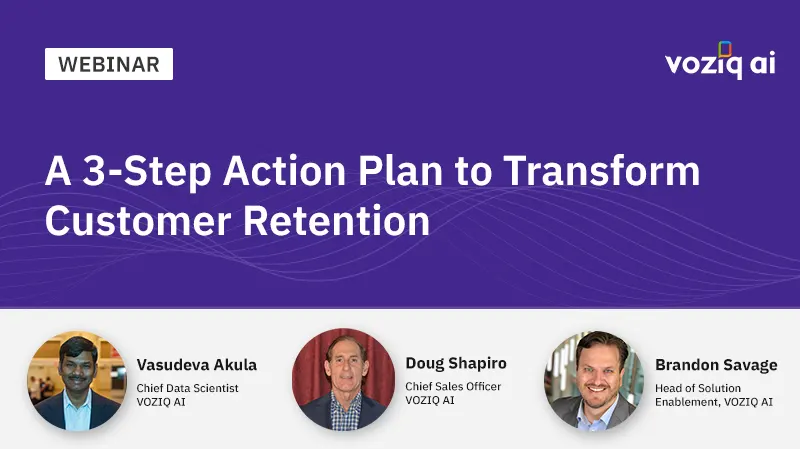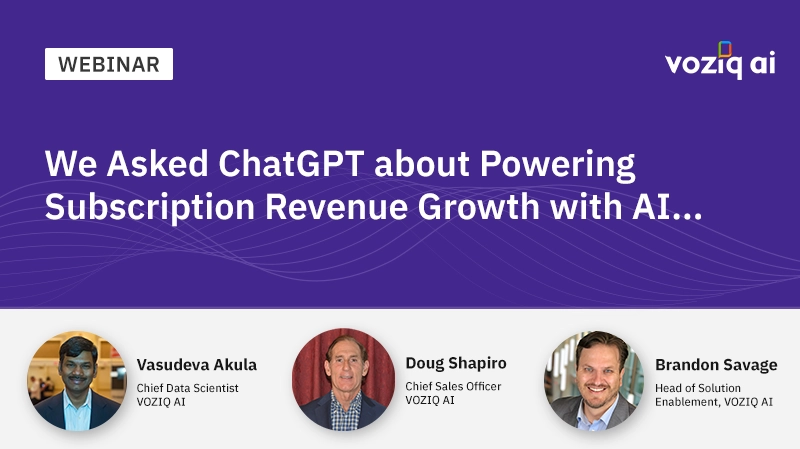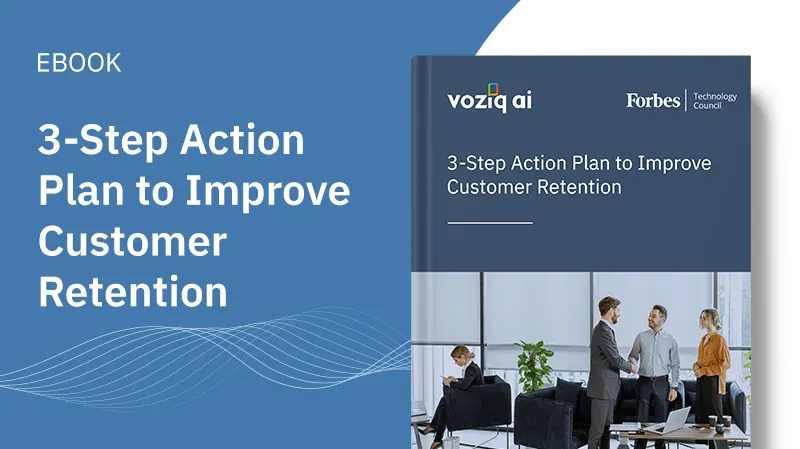5 Reasons Why Traditional Retention Efforts Are Inadequate

5 Reasons Why Traditional Retention Efforts Are Inadequate
Retention leaders in recurring revenue businesses are always at risk of losing their customers to competitors. This ever-looming churn risk is increasing, despite all efforts to prevent it, because of growing competition, changing customer expectations, and the inability of traditional customer retention models to stay current. The five common traditional retention approach limitations are:
1.Fragmented Efforts
When the traditional customer retention model doesn’t operate as a whole, retention activities become fragmented across different channels and functions, making it challenging to leverage customer data from multiple touchpoints. In addition, the skillsets required to carry out the retention initiatives efficiently are scattered across various departments within the organization.
To overcome this challenge, business leaders must ensure that customer retention functions as one solution comprising a combination of skills and resources, and campaign management, monitoring, and measurement, all governed from a single point. Most importantly, the relevant customer experience and retention departments must work together. It should be clearly established that retention is not just a marketing team’s prerogative.
2.Reactive Measures
Most traditional approaches apply towards the end of the customer lifecycle – for example, upon completion of a subscription term or customer cancellation request. Such reactive efforts are too late because most customers have already made up their minds by this point.
For this reason, the focus should remain for the entire customer lifecycle. A poor customer experience is not a one-time occurrence; rather, it is formed during the course of several dissatisfactory instances, interactions, and breaches. Lifecycle-based predictive churn models identify risks early and proactively intervene to address customer concerns before they become problematic
3.Expensive Retention
A reactive retention model leads to expensive campaigns, like last-minute incentives (e.g., expensive offers, heavy discounts, or free upgrades or add-ons) with poor ROI. These incentives are expensive and likely to fail because by this point, customers have already defected to a competitor.
It’s important to understand that not all customers pose the same level of risk, and not every high-risk customer is profitable for the business. Thus, a one-size-fits-all retention plan will not work in every case.
For every customer, companies need accurate risk prediction, an analysis of risk drivers, and micro-segmentation based on cancellation risk and risk drivers. This predictive retention intelligence reduces retention costs by personalizing offers and driving retention proactively and surgically.
4.Less Focus on Customer Lifetime Value
For every customer, analytics models can calculate and predict CLV and link it to risk drivers and the cost of various offers, but in traditional retention, customer lifetime value (CLV) is an afterthought.
Customer-level CLV analytics helps identify high-value customers who are at risk and run targeted campaigns with aggressive offers featuring discounts, upgrades, or add-ons. CLV analytics also helps retention executives track and readily demonstrate the quantified business impact of their retention campaigns
5.Structured Data Over-reliance
Organizations using traditional models rely on structured data – e.g., subscription information, billing details, payment history, and FICO scores, to name a few -. to deal with customers requesting cancellation. However, structured data is transactional, quantitative, and fails to answer ‘why’ a customer might cancel.
According to Gartner’s analysis, this is a significant opportunity cost because over 80% of today’s enterprise data is unstructured (e.g., agent notes, CSAT surveys, and speech-to-text), which can uncover in-depth, qualitative insights into customer behavior, sentiment, and intent. Most importantly, unstructured data proactively helps address churn risk and leads to explainable and actionable intelligence that drives large-scale actions on the frontline by empowering care agents and service reps with ready-to-act insights.
To address emerging churn risks proactively throughout the customer lifecycle, companies must ensure that retention models evolve and become comprehensive.
Discover how VOZIQ AI navigates traditional churn model limitations and leverages AI and ML to help companies reimagine customer retention and drive profitability.






